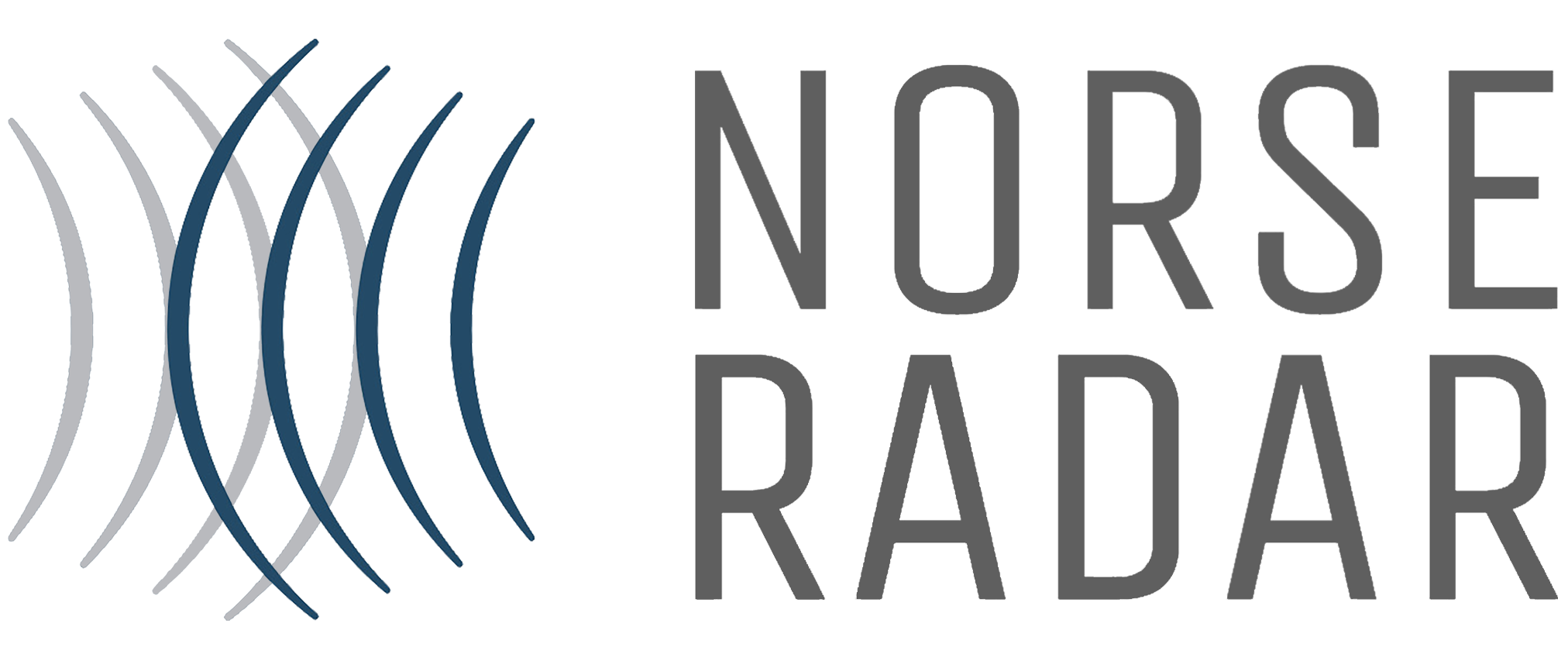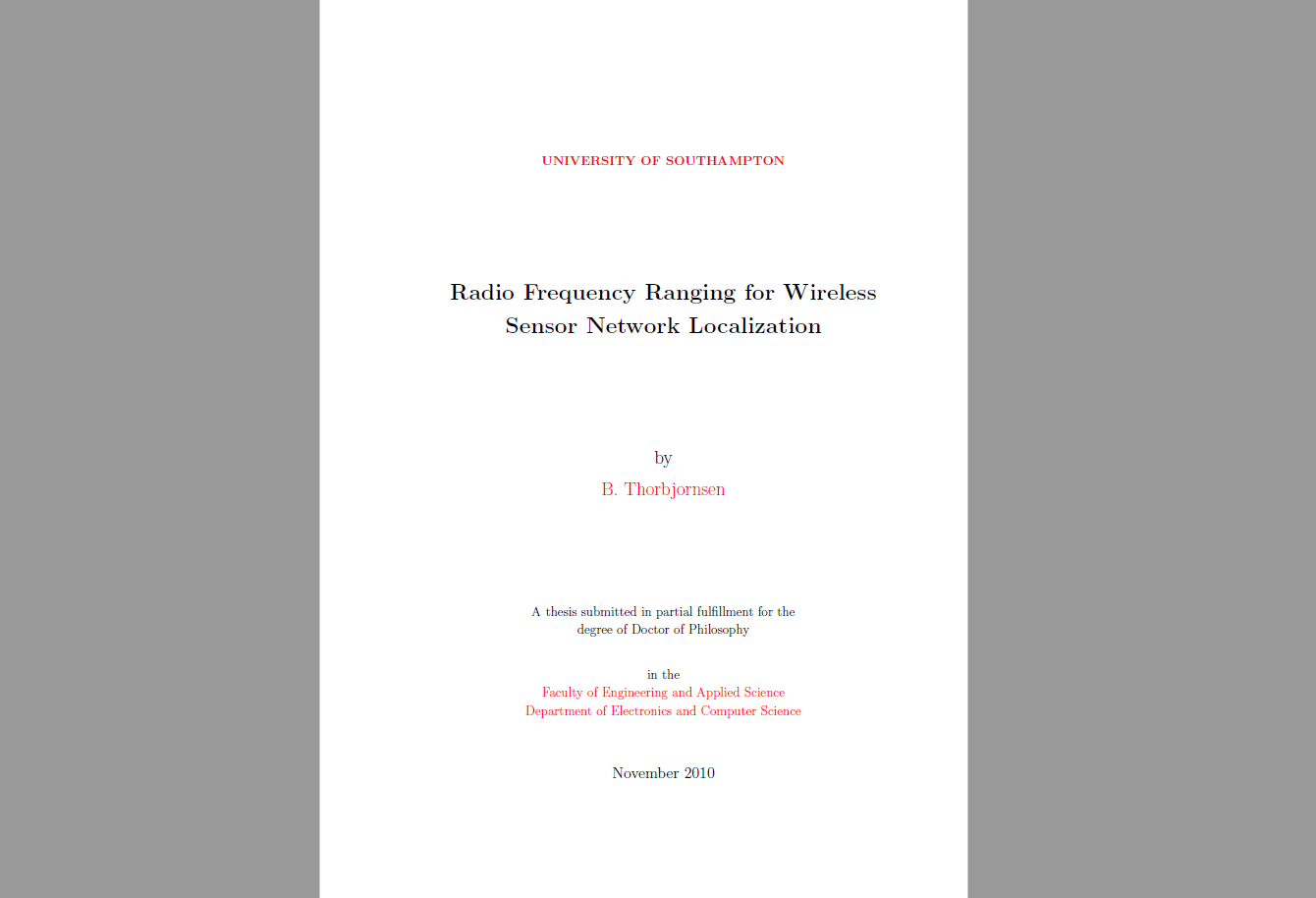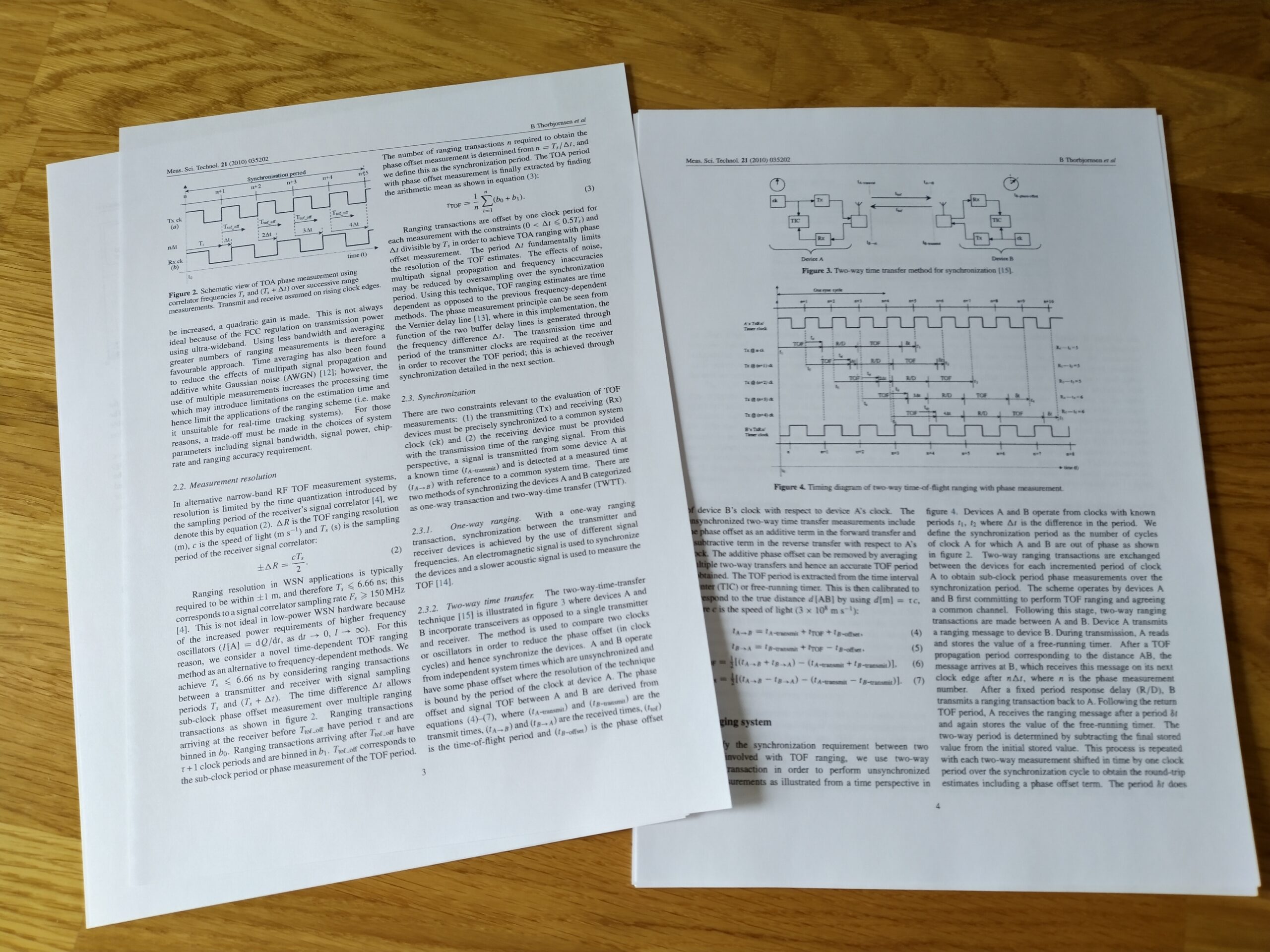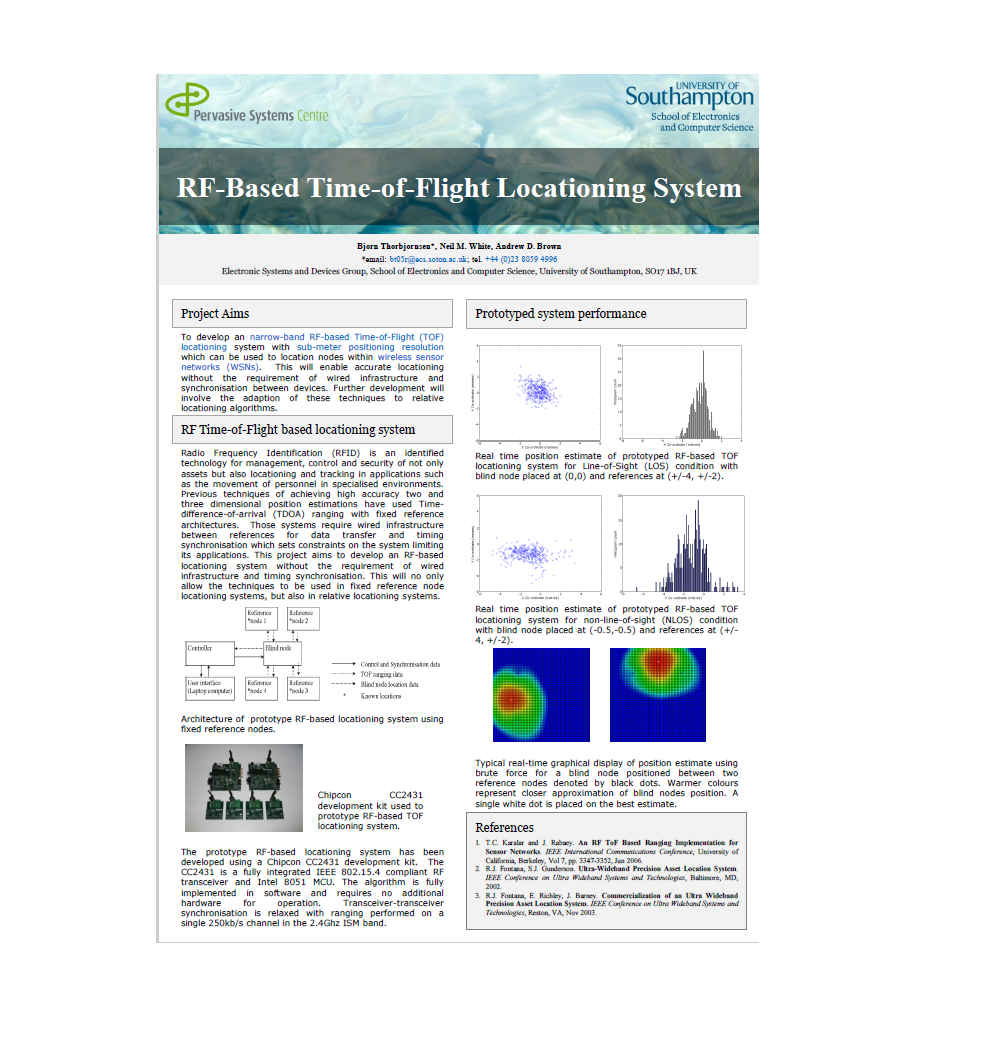Investigation of El Castillo, Chichen Itza using non-destructive Ground Penetrating Radar techniques. First international conference on Ground Penetrating Radar.
Introduction
We propose the use of GPR to survey El Castillo and obtain information on the internal properties of
the structure. Our work considers using an adapted Utsi Electronics GroundVue 7 GPR with 40MHz
centre frequency antenna, total robotic station positioning and adapted transmitter-receiver time synchronisation using fiber optic cable. We produce simulation models based on findings from previous
research where El Castillo is comprised of three pyramid structures. Our model is illustrated in Figure 3 where we perform GPR measurements through the structure in the horizontal x and z axes. The
transmitter and receiver are time synchronised and moved in one metre increments. The model assumes internal structures consisting of limestone and sand. The purpose of this modelling is to show
typical GPR results based on the structures size and materials before carrying out a GPR survey.
Proposed Survey and Modelling
In order to survey El Castillo, we must be able to move a GPR across the surface of the pyramid.
One problem we envision is the step angles because those are not horizontal. We propose the use of
climbing equipment, hoists and ropes. The Utsi Electronics GV7 system is a ’snake’ antenna, this
is because at 40 MHz centre frequency, the antennas are approximately 9 metres in length. We propose using fiber optic cable to time synchronise the GPR’s transmitter and receiver which are placed
on opposite sides of the pyramid during survey. This mitigates the problem of using cables which
would interfere with the radar image. Furthermore, all climbing equipment, hoists and ropes must
also be non-metallic. The pyramid must be surveyed in both x and z directions in order to generate
the two-dimensional tomography image.
We use Sandmeier ReflexW processing software to generate two-dimensional tomography images
for expected cross-section scenarios. Our model is illustrated in Figure 3 where we perform GPR
measurements through the structure across the x and z horizontal axis. We transverse the transmitter
and receiver in one metre increments and the model assumes internal structures consisting of limestone and sand. The basic processing steps can be summarised:
-
- Create representitive scale model of El Castillo.
- Generate GPR data and store this with corresponding position data.
- Extract ‘travel time’ from each transmitter-receiver GPR measurement.
- Generate Tomography image using Simultaneous Iterative Reconstruction Technique (SIRT).
We construct the models in ReflexW and use a defined geometry file to transverse the GPR transmitter and receiver in x and z horizontal directions. Time-travel is ‘picked’ for each measurement using
an auto-pick function within ReflexW. This task can be complex because the automatic picking tool
may not always pick the correct times within the data. Figure 1 illustrates first-arrival ’picking’ for a
single GPR dataset. We evaluated a sample set of travel-time data in order to verify correct picking
and adjust parameters to achieve the desired result. Following first-arrival ’picking’ of the complete
data set, we combine this data into a single ’pick’ file as illustrated in Figure 2. Pick data is then used
to produce tomography images for various modelled scenarios. Tomography allows the automatic
adaptation of synthetic travel-time data to real data based on a tomographic algorithm. ReflexW uses
an iterative adaption Simultaneous Iterative Reconstruction Technique (SIRT) algorithm. Estimated
travel-times are compared to real ones and model changes are automatically derived from the travel
time residuals. This procedure is repeated based on the changed model. After a pre-defined criterion
is met, the complete process is stopped.




